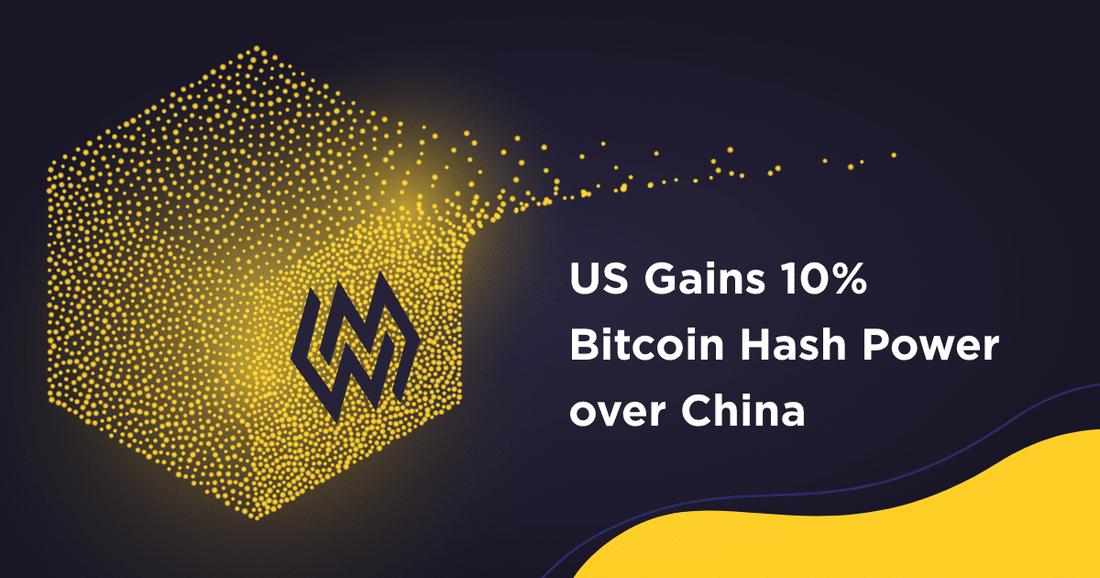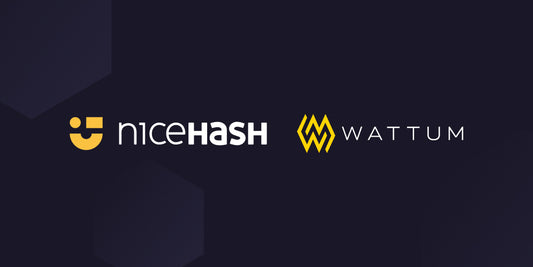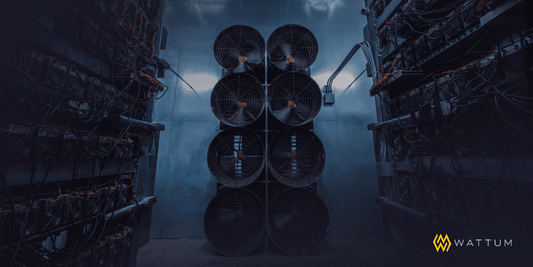With more than 65% of the world’s hashrate production, China has become the clear cut leader in the market for Bitcoin mining in recent history. However, it appears that the nation’s distant lead is narrowing, as United States miners are expected to gain an additional 10% of the global hashrate market share within the next calendar year, according to Hashrate Index CFO Ethan Vera.
A major reason for China’s hashrate dominance has been lax environmental regulations and low energy prices. While tighter restrictions on carbon emissions are being rolled out across the country, the impacts on cryptocurrency mining capacity are particularly stark in three major hashrate contributor regions – Xinjian, Sichuan, and Inner Mongolia. These three collectively account for more than 53% of the world’s total hashrate.
China Decreases their Cryptocurrency Production
Many Bitcoin mining farms in these regions rely on non-renewable energy sources, most notably coal, which yields the highest carbon emissions among fuels. The Chinese government has pledged to sharply reduce carbon emissions in pursuit of ambitious climate goals. This, combined with concerns about the safety of some major coal mines, suggests that energy available for cryptocurrency mining may be reduced, at least in the short term.
The Xinjiang regulatory body is cracking down on unsafe coal mining practices, already decreasing production by 30% as a result.
The looming 2022 end of a local three-year hydropower policy that favourably affected miners in Sichuan is causing a shift amongst miners who are now hesitating to invest more in the region. Hydropower presents an alternative to coal-fired power plants, as the latter faces more regulatory enforcement. The shift to hydropower over other energy sources is more compliant and cheapest in the rainy season, despite potential power outages in dry months.
Inner Mongolia is facing an ultimatum from their National Development and Reform Commission, which stated on February 25 that all crypto mining operations needed to abandon the region by the end of April due to their high energy consumption.
Increased Regulations Make Room for US Miners
This increased regulation of Chinese mining and hosting is expected to make room for other regions of the world to capture market share in Bitcoin hashrate production. Currently next in line with 7% of global production in April, crypto miners in the U.S. are poised to make a significant push for crypto mining market share in 2021.
While the effects of tighter regulation in China should not be understated, the expected increase in U.S. hashrate production also owes itself in part to increased adoption of Bitcoin by major American financial institutions. Enthusiastic entrants to the American crypto mining market, combined with the gradual arrival of crypto mining activity previously carried out in China, are expected to drive scarcity in the market for crypto mining equipment, hosting and colocation services.
Wattum Management Leads the Way for US Hashrate Dominance
In Q1 of 2021, Wattum Management sold 20% of all North American equipment, grossing a sizable $60 million in sales. Wattum is now offering hosting at $0.05/kWh, giving customers access to reliable services at nationally competitive rates. If the crypto market continues to perform at its current rate, as many analysts are predicting it will, these rates will be next to impossible to beat.
Wattum is a reputable New York-based crypto management firm offering services such as new and used equipment sales, hosting, management, firmware, and mining pool opportunities.
About Wattum Management's U.S. facility:
- 99.9% uptime
- Tax-registered and fully compliant
- Based in New Mexico
- 15MW capacity and is built out to 7.5 MW
- Using 3-Phase 415/240 voltage distributed to 4 containers, and 2 buildings
Wattum is one of the leading providers of mining equipment and maintenance services in the United States and boasts competitive prices for our US, Canada, and Russia facilities. Our reliable management services include production monitoring, equipment optimization, and part replacement that helps save you money.



